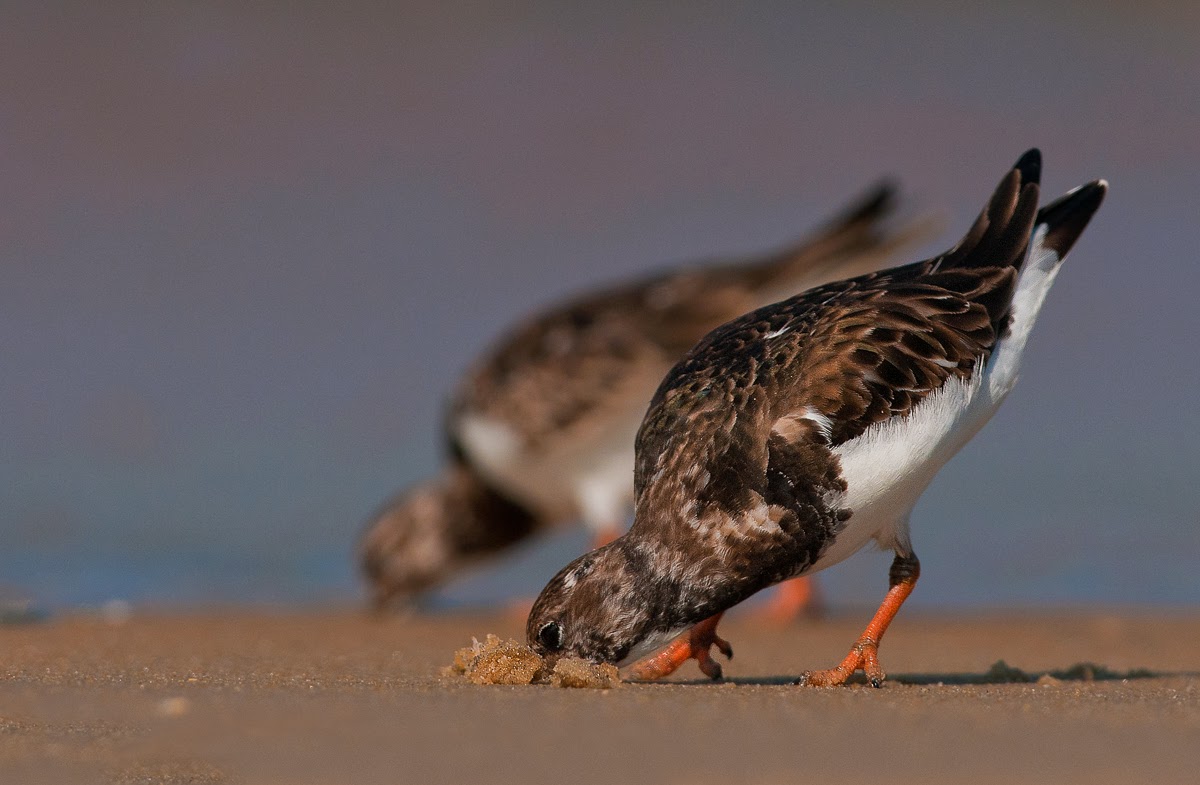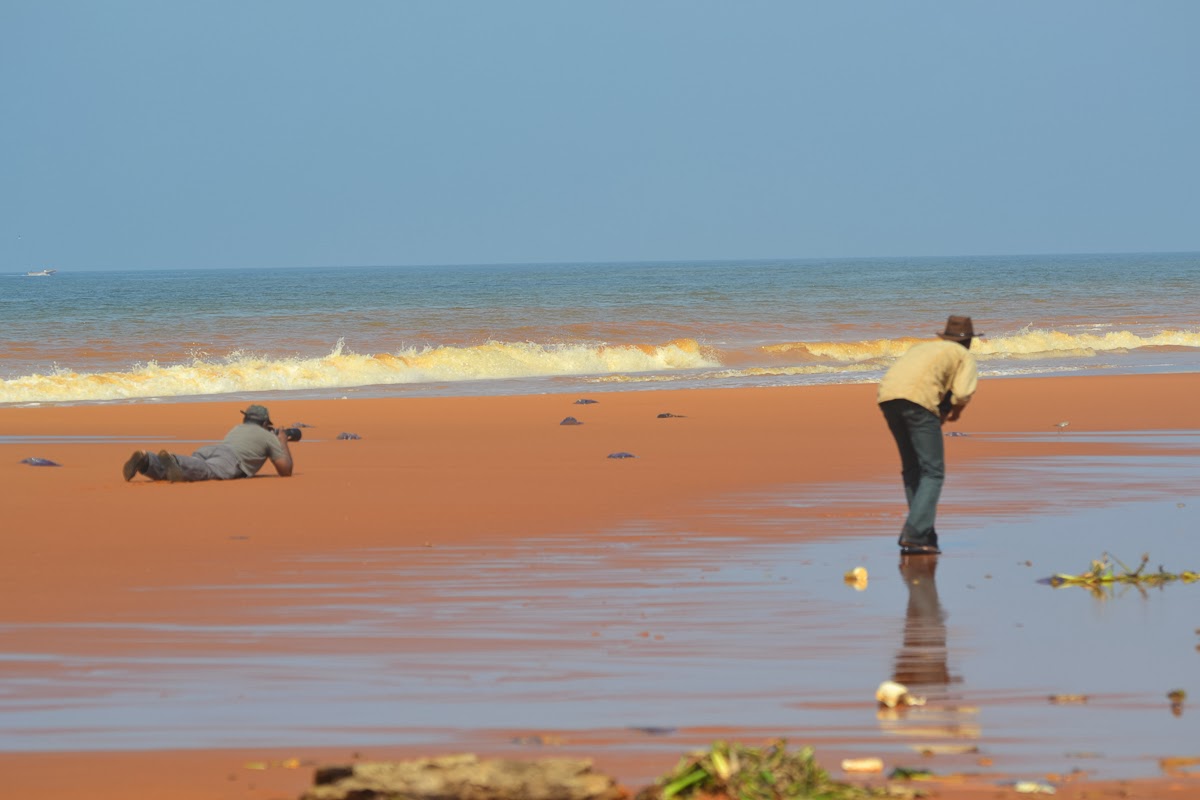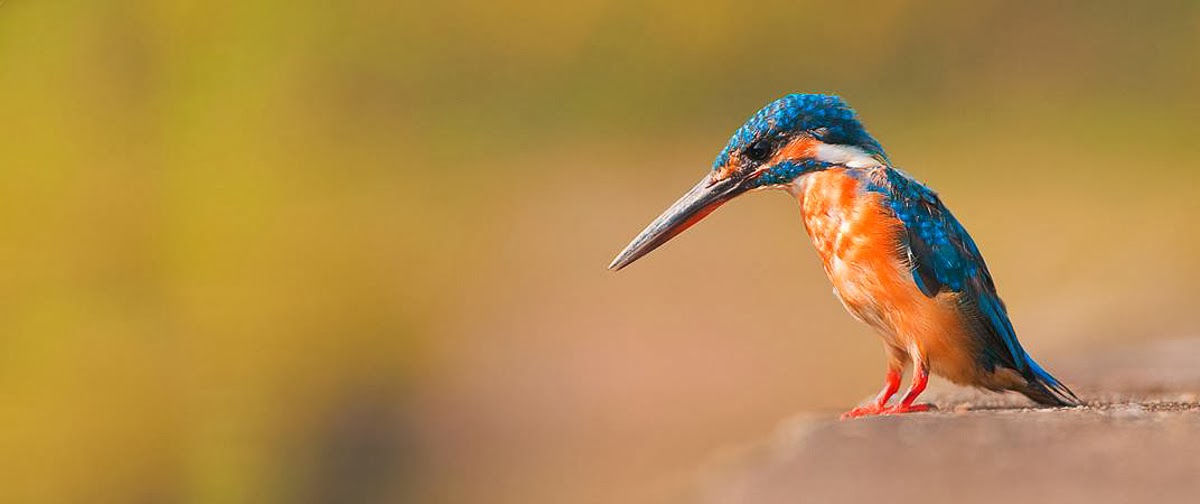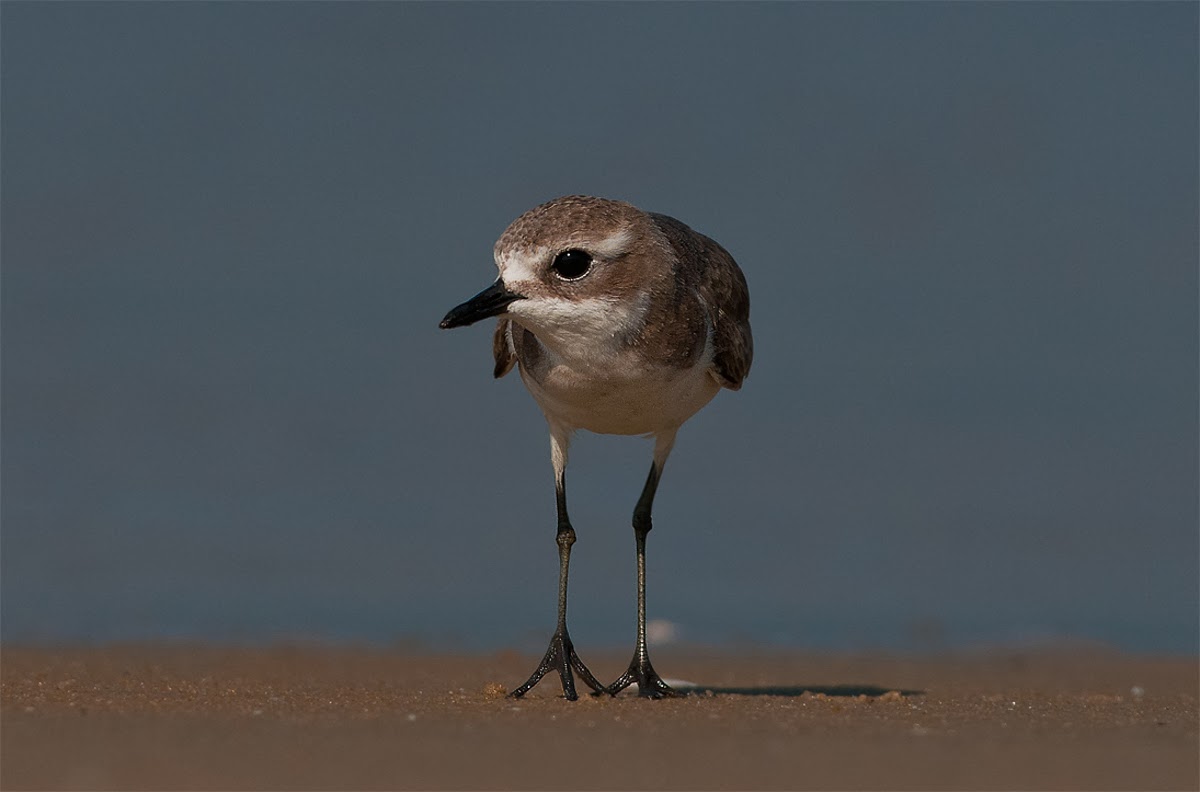Article by: Biju PB
Shorebirds are mostly long and slender birds with large flat feet, thin long legs and elongated beaks. The Oxford dictionary defines shorebirds as those birds that frequent the shore. Their diet consists of fish, crustaceans, insects and other small organisms found along a shore, in mud or shallow water. So they are mainly confined to the narrow strips of shore that lines the dams, lakes, rivers, wetlands and oceans where their food is plentiful.
Shorebirds irrespective of the species; and regardless of whether they’re alone or in massive groups, make excellent photographic subjects. Photographing shorebirds going about their business of running back and forth with the waves, rummaging through seaside debris searching for food, just sitting in a group asleep with their heads tucked in and a leg pulled up etc is very rewarding and could give you some wonderful shots.
In this article we will discuss how to photograph shore birds, like any other wild subject photographing shore birds also has some challenges and knowing the right method could help you skip most of the mistakes beginners make in their first few unsuccessful attempts to photograph them.
Tips for Photographing Shorebirds
They are typically larger birds, are easier to find and are often found in large groups.
Unlike many other wildlife subjects, shorebirds are very predictable and thus knowing a bit about them will help you get much better shots.
Find the direction the wind is coming from, as birds tend to take off and land into the wind.
The toughest part in shorebird photography is to get close enough to them to have them large in the frame and not appear as a mere dot in a vast landscape.
Only include the full reflection of a bird in the water in your photo when the water is clear and when you have a perfect reflection.
It is better to get into position before the break of dawn. The angle and quality of light makes a huge difference in your photographs. The beautiful palettes of colors of any bird are best appreciated in soft light, when the sun is at a low angle, and with the sun directly behind the photographer. The soft light will reveal subtle detail in all the color tones while the front lit light will illuminate every part of the bird visible in the photo. Also during that time, there is less chance of strong winds and currents.
Try to isolate a single bird or group of birds from the rest. This will create a strong focal point in your photo.
Avoid having other birds in the background behind the bird you are shooting. This might be difficult when there are many birds like is often the case along a shore, but if you wait patiently you will be able to get individual shots as the birds move in and out of the group.
Capture Action/Behavior shots. Wait for the bird to do something interesting. They often stretch their wings, or indicate that they will take to flight.
Only include the full reflection of a bird in the water in your photo when the water is clear and when you have a perfect reflection.
Don’t photograph birds facing away from you. It’s best when the bird is tilted slightly towards you.
You generally want to arrive when the tide is out (and the birds are off feeding) this will cause less stress if you are in position and waiting for the birds to return as the tide starts to come in than arriving when the birds are already at the roost.
Tips for Approaching Shorebirds
For a bird photographer, approaching the subject poses the greatest challenge. At the same time, he has also to keep the background in mind. While photographing the shore-birds, it is not that difficult to spot the birds, as there is virtually no hindrance between the photographer and the birds. But, this in turn creates another awkward situation. The birds too detect us easily and feel quite threatened as we approach them. The birds are quite wary about the height of the approaching threat. The taller the object, the greater will be their uneasiness.
Wear clothes that camouflage you well with the landscape.
Wear clothing that you can afford to get dirty :-).
The birds are more wary of camera equipment, especially large / long lenses than the humans.
Instead of walking straight to them, try getting down on one’s belly and kind of crawling towards the birds. This not only makes approaching the birds easier but also lets you shoot from the bird’s eye level producing much more pleasing compositions.
Approach slowly, don’t make any sudden or jerky movements, move few feet at a time, rest and then move.
When you get close to the birds say approximately 30 feet or so, you could sense the first wave of uneasiness in some of the birds. If this happens, stop all movement, stay low and wait till the birds settle down, it might take 5 to 15 minutes for this to happen. But if you wait patiently you will gain the birds confidence and they won’t fly off when you approach closer. The closer you get the greater will be the waiting time it takes the birds to settle down.
Shorebirds are more leery of creatures approaching from the shore than those which might approach from the water. Photographers have had success actually getting into the (shallow) water and approaching shorebirds from that side.
Once you manage to get close enough to them to shoot, slowly set up your camera, compose your shots and take pictures, there is no need to hurry, if nothing unnatural happens the birds are going to be at the same spot the whole day.
If you gain the confidence of the birds they will always return and land near you even if they are disturbed by a passing person a jogger or a cyclist. Also in some cases the birds might even move closer to you during the natural course of their feeding.
The best advice would be to have fun and be patient. Enjoy creating beautiful pieces of art!
Related Reading
- Photographing Birds in Flight – Master Focusing Technique
- How to Photograph Birds in Flight Using Manual Focus Lenses
- How to Photograph Birds of Prey
- Bird Photography Tips
- Tips for Photographing Birds in Flight







